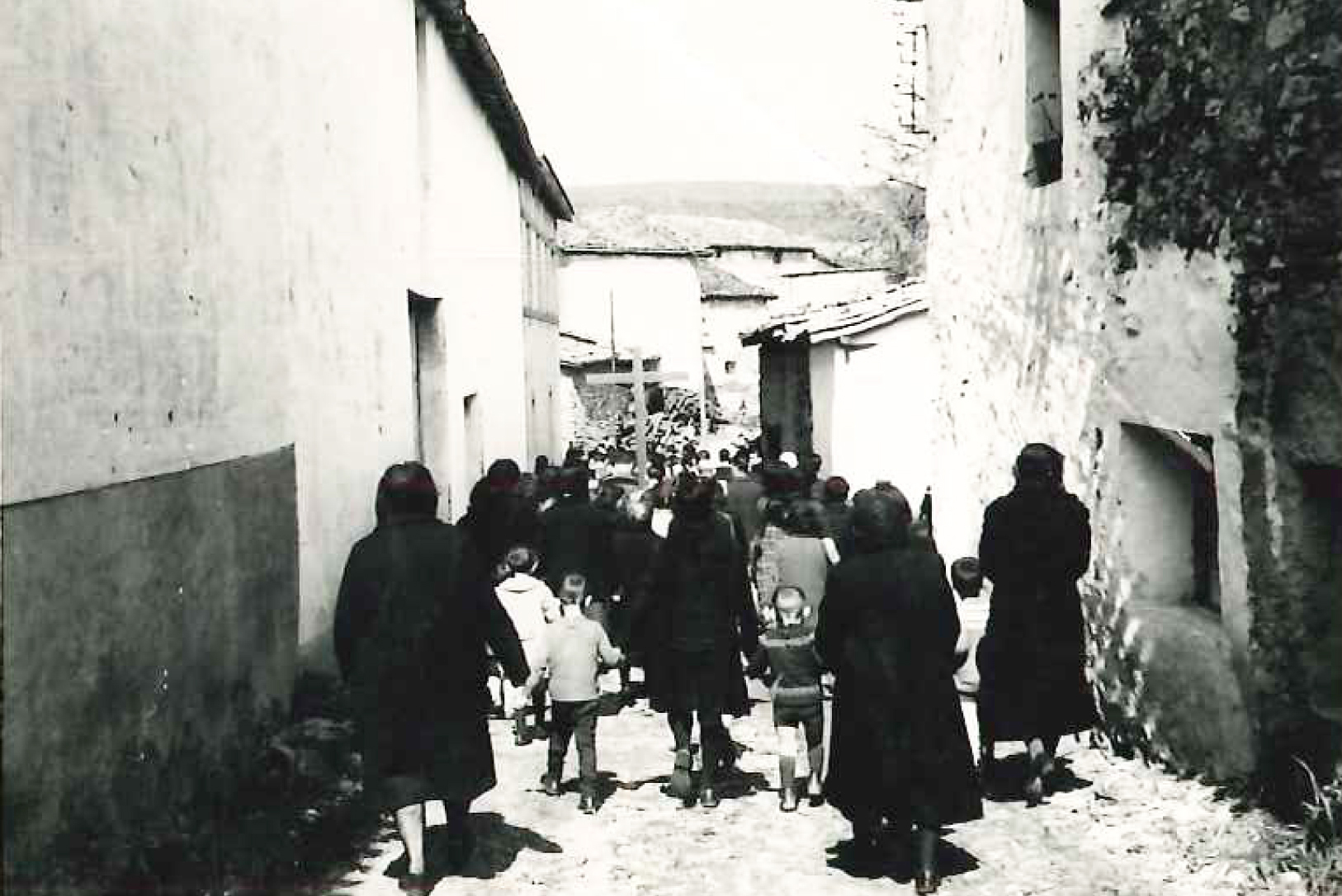Archives
Lent was marked by fasting, both from foods and festivities. Abstention from dancing was a true torment to the lasses, whose only enjoyment consisted in a Sunday stroll or a game of cards.
In small villages young women took a walk on the road, weather permitting. If rain was expected, they gathered at a house to play cards and have some hot chocolate or hormigos, a kind of cornmeal porridge. At the sound of the evening bells, they headed for their homes. Ever ready for a prank, the lads tried to distract the girls and steal their hot chocolate. To this end, they would, for instance, place some pepper on a burning brazier or climb to the window and get the girls’ pot from the sill. Let us remember that, as there were no refrigerators or chillers at the time, stews and desserts were left to cool on the sill. (more…)



